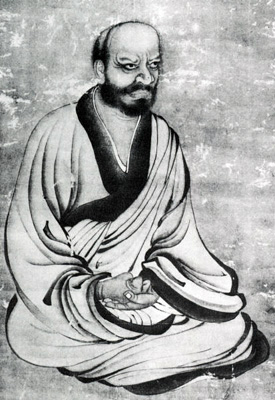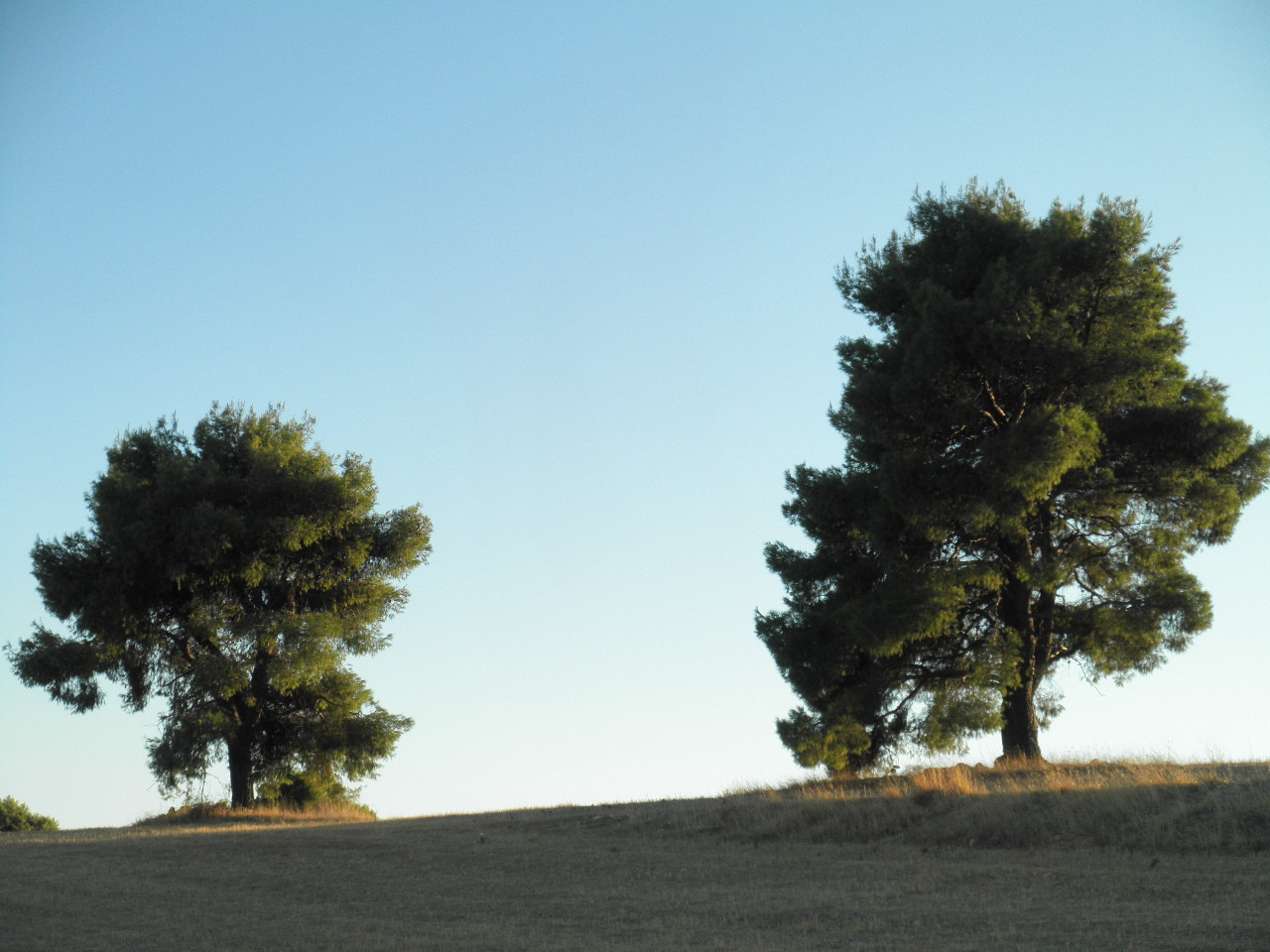Buddhism and Zen Schools

If you want to be free, get to know your real self. It has no form, no appearance, no root, no basis, no abode, but is lively and buoyant. It responds with versatile facility, but its function cannot be located. Therefore when you look for it you become further from it, when you seek it you turn away from it all the more.- Lin Chi.
Zen is a Japanese rendering of the Chinese Ch'an." Both the words "Zen" (Japanese) and "Ch'an" (Chinese) derive from the Sanskrit word Dhyana, meaning "meditation." Zen Buddhism focuses on attaining enlightenment (bodhi) through meditation as Siddharta Gautama did. It teaches that all human beings have the Buddha-nature, or the potential to attain enlightenment, within them, but the Buddha-nature been clouded by ignorance. To overcome this ignorance, Zen rejects the study of scriptures, religious rites, devotional practices, and good works in favor of meditation leading to a sudden breakthrough of insight and awareness of ultimate reality.
Indian Zen Roots
Early roots of Zen can be found in Indian philosophical writings such as the Upanishads, which date back to 5000 B.B. The Upanishads are a collection of verses the Hindus regard as Holy Scriptures. Numerous practices of meditation (dhyana) were practiced through India for thousands of years. The practice of yoga crystallized out from this and evolved as a disciplined method of focusing attention and clearing the mind to achieve union with the universe. In Buddha’s lifetime, yoga as a practice in the concentration of the spirit was widespread. It is in the nature of yoga to concentrate the spirit on one point: the achievement of serenity through seated meditation. In fact, the yoga methods of the day were limited at this time to restrictions on what was to be eaten, fasts, and certain vows such as the vow to remain standing on one leg for a prolonged period of time. Through such practice and a whole array of exercises, the yogi trained himself in indifference to external stimuli and in the control of the slightest movement of his own spirit.

Buddha practiced this kind of yoga for twelve years from the moment that he decided to renounce a mundane life. He visited saints and interviewed wise men, travelling to the four corners of the country. But in the end Buddha did not find in Yoga any answer to two essential questions: What is man? How should man live?
Buddha abandoned asceticism, sat down quietly, crossed his legs and observed his breathing. During the dawn of the eighth day of dhyana, he attained a higher level of consciousness as he observed the light of a star. Buddha discovered his true nature in the universe and a rule for the existence of all men.
For over forty years Sakyamuni Buddha taught his disciples how to extricate from worldly entanglements in order to realize enlightenment. This is what we call the Teaching School. But the absolute state of Boddhi is beyond all relativities and contraries and cannot be expressed in conditioned human language. Therefore, one day in the assembly the Buddha held up a flower, a gesture which His chief disciple Mahakasyapa alone understood and acknowledged with a smile. Thereat the Buddha declared to him: ‘I have the treasure of the right Dharma Eye. Nirvana’s wonderful mind and the immaterial Reality which I now transmit to you”. So Mahakasyapa became the first patriarch of Zen.
Because our minds are constantly occupied with wayward thoughts we cannot discover the Buddha nature within. But when we do discover it, it is not new at all. When this happens, then there is no difference between us and the Buddha. However, whether awakened or deluded, the Buddha nature is equally present in all beings and therefore beings even in the thickest state of delusion, still have the potential to become Buddhas. – Thich Thien-An Zen Philosophy, Zen Practice.
When Buddhism came to China from India, it was initially adapted to the Chinese culture and understanding. Buddhism was exposed to Confucianist and Taoist influences. Goddard quotes D.T. Suzuki, calling Chan a "natural evolution of Buddhism under Taoist conditions."
Five Zen Schools
Bodhidharma brought Dhyana Buddhism from India to China at the beginning of the 6th century. He became the first patriarch of the lineage of Ch'an school. The Ch'an school split into Northern school and Southern school after the 5th patriarch. The lineage of the Southern school Ch'an (headed by Hui-neng, 638-713) further split into “five schools”. They are: (1) Kuei Yang Ch’an (Jpn. Ikyo Zen), (2) Lin Chi Chan (Jpn. Rinzai Zen), (3) Ts’ao Tung Chan (Jpn. Soto Zen), (4) Yun Men Ch’an (Jpn. Ummon Zen), (5) Fa yen Ch’an (Jpn. Hogen Zen).

The Lin Chi school became the dominant school within Chan, due to support from literati and the court. Before the Sung Dynasty, the Lin Chi school is rather obscure, and very little is known about its early history. The Rinzai (Chinese, Lin Chi) sect of Zen was introduced to Japan by the Japanese priest Ensai in 1191. Rinzai Buddhism emphasizes the use of koans, paradoxical puzzles or questions that help the practitioner to overcome the normal boundaries of logic. Koans are often accompanied by shouts or slaps from the master, intended to provoke anxiety leading to instant realization of the truth.
Soto Buddhism (Chinese, Ts'ao-tung) is another Zen sect that was transmitted from China to Japan. It arrived in Japan in 1227 upon the teacher Dogen's return from China. Soto emphasizes zazen, or sitting meditation, as the means to attain enlightenment. The Soto practitioner is encouraged to clear the mind of all thoughts and concepts, without making any effort towards enlightenment, until enlightenment occurs.
Rinzai school and the Soto school, reached Japan, in the 12th century and at the beginning of the 13th century, respectively. Both schools are still active there today. While Ch'an in China declined after the Sung period, in Japan, as Zen, it began to flourish anew. Dogen Zenji, who brought the Soto tradition to Japan, and Eisai Zenji, Shinchi Kakushin, Shomyo, and others in the Rinzai tradition, together with a few Chinese Ch'an masters who were invited to Japan, founded the Zen tradition.
![]()











